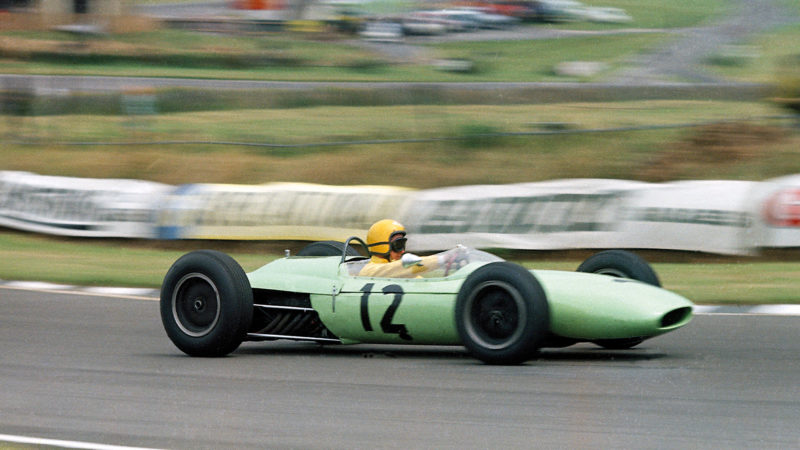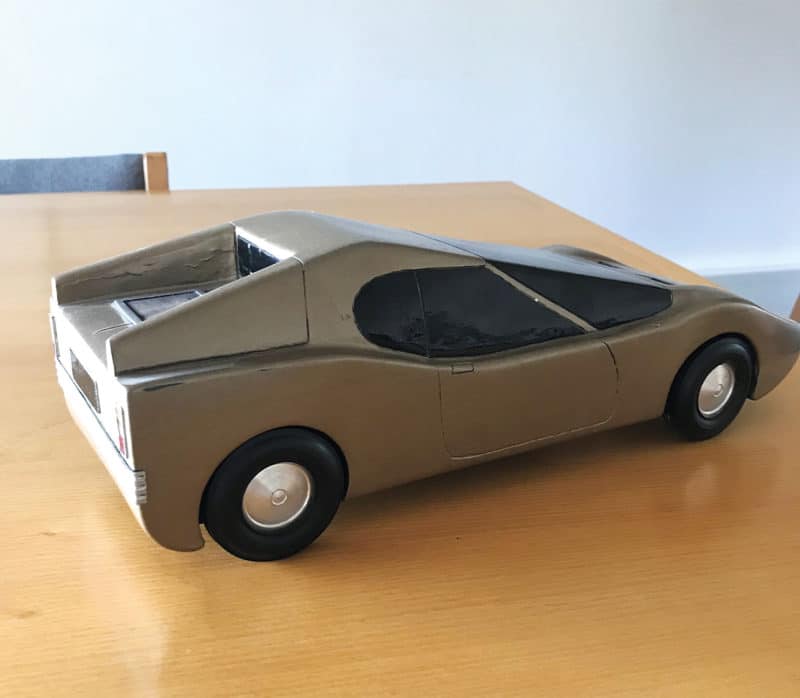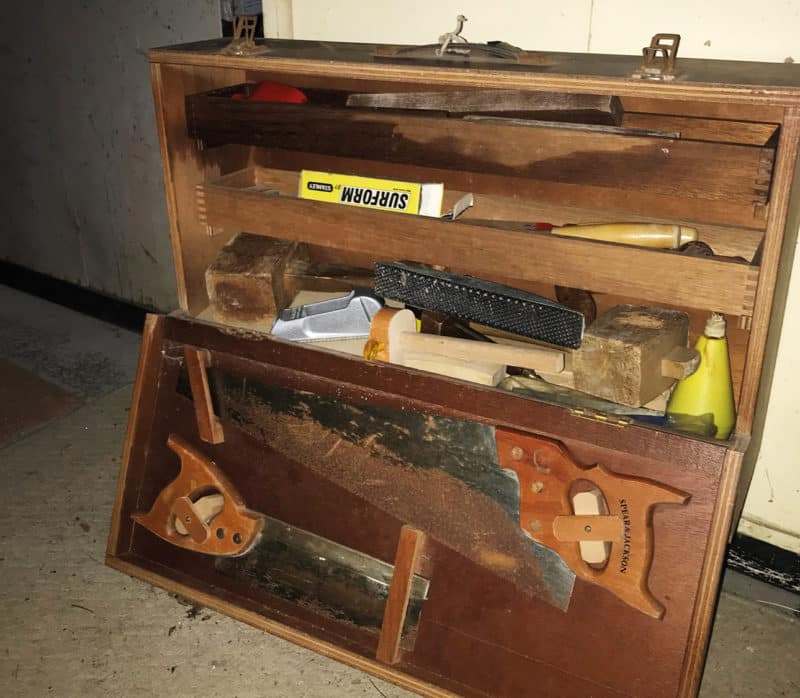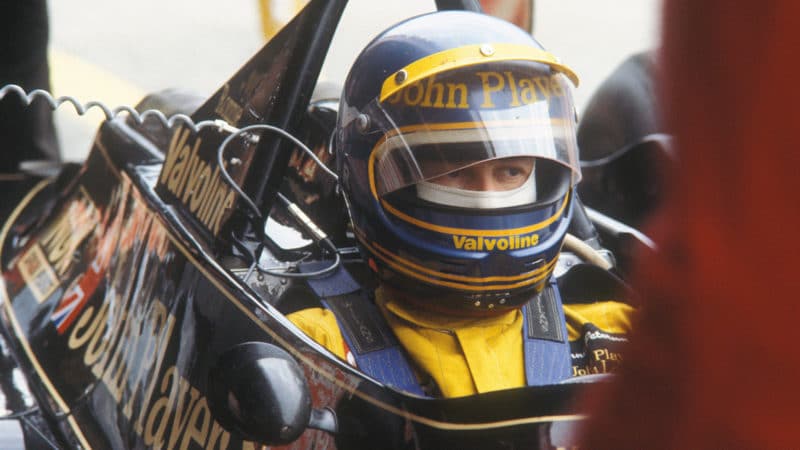Ronnie Peterson's aversion to data — Letters, June 2022
It is amazing how much people are still talking about last year’s one-lap race/championship. However it was an unforgettable F1 race. As the Williams car of Nicholas Latifi hit the barriers the yellow flags waved and the safety car appeared, I could almost hear Jean Todt shouting in the ears of Michael Masi, “No! It should not be finished on the safety car, we must have a race!” It was such a pity that in those precious seconds Masi did not wave the red flag, as then it would have been a new race, both with equal tyres. Imagine what a race!
The irony was that it was a rare and unusual mistake by Lewis Hamilton to leave the door open in Turn 5 for the very hungry Max Verstappen, together with the mistake of Mercedes by not stopping for fresh tyres, that actually dictated the outcome of the one-lap race and championship.
If ever there was a year when we should have had two world champions, this was it. However, until then – bravo Max.
I certainly feel very happy and lucky to have been part of the best years of our sport. Great magazine, keep up the good work.
Jo Ramirez
Spain
[After working with Eagle and Tyrrell, Jo Ramirez was team co-ordinator of McLaren from 1984 to 2001.]

Trevor Taylor at the 1964 British GP in the rather fetching colours of the British Racing Partnership
Thank you for yet another most enjoyable issue [May]. I particularly enjoyed the British Racing Partnership feature [“I got the feeling we were being pushed out by the Establishment”] and remember fondly the standard of preparation and colour scheme of their early ’60s cars. It’s just such a shame that its performances didn’t really live up to the early promise.
In 2007 I went to a retrospective at Reims, where there was a BRP-liveried Lotus 24 , complete with Innes Ireland chequered helmet, which was a pleasure to see. I thought the picture was a nice reminder of the car, driver and era.
By the way, in this month’s You Were There feature, Clay’s Ferrari at the 1974 British GP was actually Brands Hatch, and not Silverstone as mentioned in the text. Many happy hours reading as always – thank you Motor Sport.
Julian Nowell
Walton-on-Thames, Surrey
It was sad to hear of the passing of Vic Elford, a true one-off all-rounder [Matters of Moment, May]. I met Vic in the early 1960s when he was a visiting guest of honour at our humble motor club at Hampton, Middlesex. By that time, he was a successful rally driver and spoke eloquently of his experiences of the time.
Among the interesting and funny tales he told was one I have always remembered relating to a rally in Africa, probably the Safari. Vic and his co-driver were on a pre-event stage recce, travelling on a dirt road parallel with a stream when they came to a clapper bridge. The bridge went over the stream with the road then continuing on the other side after a left, right wiggle over the bridge.
Vic’s co driver asked him to stop to look at it and developed his idea that if they kept up their speed and go to the right of the bridge they could jump the steam, land on the road the other side and save time. Vic said he was not keen on the idea as any mistake could be big and put them out. His co-driver assured him it would be OK though Vic was undecided.
During the event they came to that point and Vic had decided to play it safe, though when he went to take his foot off the throttle, he found his co-driver’s foot on top of his and pushing hard! Being a left hooker, it was an easy task for the co-driver to stretch his leg over to ensure the deed.
They safely made the jump and were rewarded with the fastest time on that stage. Vic explained his feeling when he realised what was happening, though he did not say what he said! From that point on I followed his exploits and success in so many disciplines. He was probably the best all-rounder. RIP Vic.
Don Prater
Chippenham
I was interested to read about Les Thacker in the April issue [Pitstops and f-stops with the man from BP] and particularly that he worked for Shell Mex and BP Ltd as I did too! Had timings of our employment been slightly closer we might well have been colleagues.
I worked for some years in the drawing office in Shell Mex House in the Strand and in 1962 I tried to become a member of the competitions department as I was a great motor sport enthusiast. At the time I was the proud owner of a Healey Silverstone, doing many sprints, hillclimbs and even a Boxing Day race at Brands Hatch.
Word eventually got back to the chief engineer that I was trying to move on, whereupon he summoned me to his office and told me that if I did not like what I was doing I should start looking for another job. So I did, which meant I left about a year before Mr Thacker joined them.
My interest in motor sport started when I was taken at the tender age of 13 to the British Grand Prix at Silverstone in 1949 which was won by Baron de Graffenried in a 4CLT 48 Maserati. I often wonder why it seems to generally be stated that first British GP took place in 1950. I notice that the first car in the beautiful poster in the April issue of the GP cars started in 1950.
Robin Powell
Bembridge, Isle of Wight
[You are quite right that there were British Grands Prix before 1950, two at Brooklands and two at Silverstone. However, 1950 was the first World Championship event, so the 1948 and ’49 races tend to be overlooked.]
I have really tried to like the new Formula 1 concept but I’m afraid it’s a non-starter for me. The cars seem to run two by two, with each team’s cars next to or close to each other in both the qualifying and race. That suggests a chassis series rather than a driver championship. On the track they looked and handled like Formula 3 cars of the ’90s. The reduction in rear tyre size and increase in weight means they are less of a challenge. They should have kept the large rear tyres and small diameter wheels and instead of tunnels and wings, had no wings at all. I enjoy DRS but in place of the rear wing they should have a box (offering no downforce), that can be open or closed, switching on and off the tow.
Unfortunately it’s too late. When we get to Barcelona we will see the cars qualify exactly two by two. I might even put some money on that happening.
Timothy Hadleigh
Cobham, Surrey
With regard to the letter from Jon Jeffrey in the May issue, I remember the Vauxhall competition to design and build a model of the future. I was 12 years old in 1966. My car was a two-door sports saloon, similar to a Ford Capri Mark I which came out a few years later. I did not get high marks for design! The ones that stood out were designs for what we now know as MPVs or people-carriers with short bonnets. It would be a while before that type of car became popular.
I still make models today and had a long career as an engineering draughtsman.
Graham Lomax
Bury

Jeremy Hartley’s runner-up entry for the Vauxhall design competition in the 1960s featured machined alloy wheels…

…And here is his toolbox prize
Reading Jon Jeffrey’s letter about the Vauxhall car design competition brought back some good memories. Starting with just the rubber wheels and guide pack, you had to make a clay buck and then craft the final model from wood. I was very proud of my machined alloy wheels – part of my O-level metalwork class. My design had progressive brake lights – the harder you braked, the brighter they got – and high-velocity airflow to clear the windscreen instead of wipers.
I was a runner-up in the Junior group in 1968. A toolbox was my prize and I still have it. At the age of 14 it was an exciting awards weekend, staying in a posh London hotel, grand dinner and the award presentations by Shirley Williams MP. I still have the special tie and badge we had to wear to the awards. The next day was a coach trip to the Vauxhall factory in Luton finishing with a look around the design studios. Did any of the winners get a job designing cars of today?
Jeremy Hartley
Cambridgeshire

Would Ronnie Peterson have had a head for data? Peter Wright and Andrew Frankel think not
I was most interested in Andrew Frankel’s comments on which drivers would have taken on car data in the 1960s and ’70s [Diary, May], and he is spot on about Ronnie Peterson!
At the end of 1977 we took a T78 to a test at Ricard equipped with Team Lotus’s first serious attempt at a data system. Mario and Ronnie drove the car, and also Jackie Stewart, who was in a number of F1 cars for a magazine. We only had suspension displacement, accelerometers, steering, throttle and speed, but this enabled us to look at the difference in the way the drivers drove the car.
Ronnie took the car up to the limit, and then applied a whole lot of extra lock, without the car responding in any way we could discern. He appeared to be taking the tyres to the peak of the slip angle curve and then controlling it by increasing steer angle to reduce front cornering force.
I showed Ronnie this data, hoping to engage in a discussion on vehicle dynamics and control. He peered at it and said:
“I dunnow, dat’s the way I drive!”
